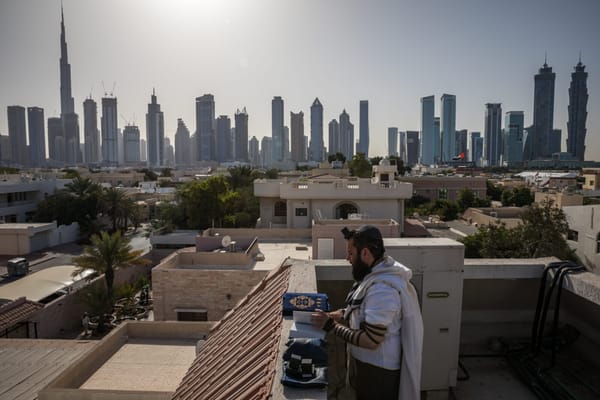Nieuwenhuis, Politics and Society in Early Modern Iraq
Tom Nieuwenhuis, Politics and Society in Early Modern Iraq: Mamluk Pashas, Tribal Shaykhs and Local Rule Between 1802 and 1831 (The Hague: Martinus Nijhoff Publishers, 1981). This is a reasoned and illuminating analysis, by a young Dutch scholar, of Iraq in the three closing decades of the Mamluk e






